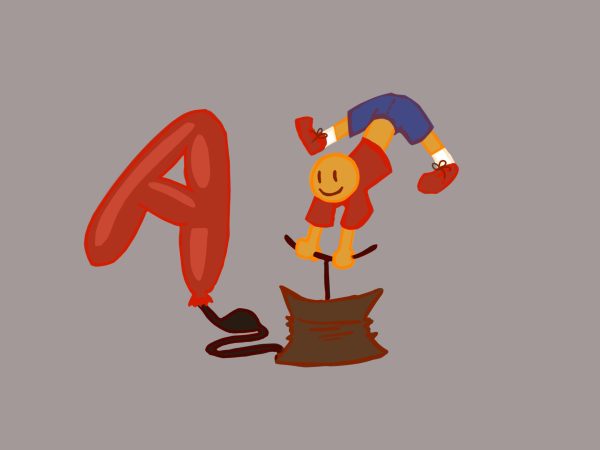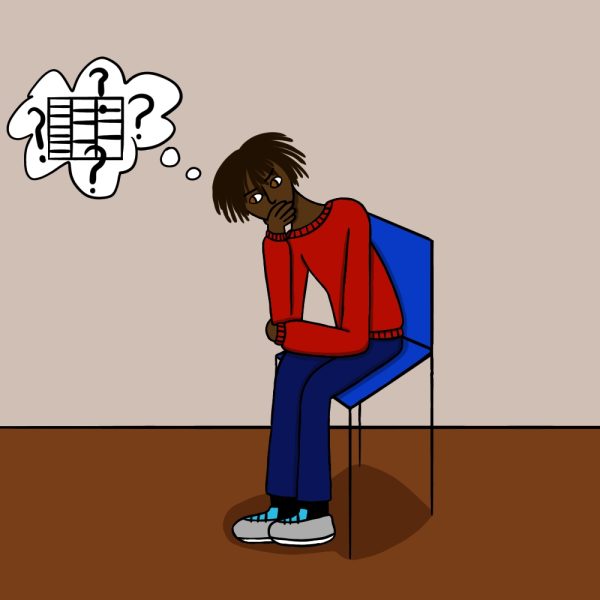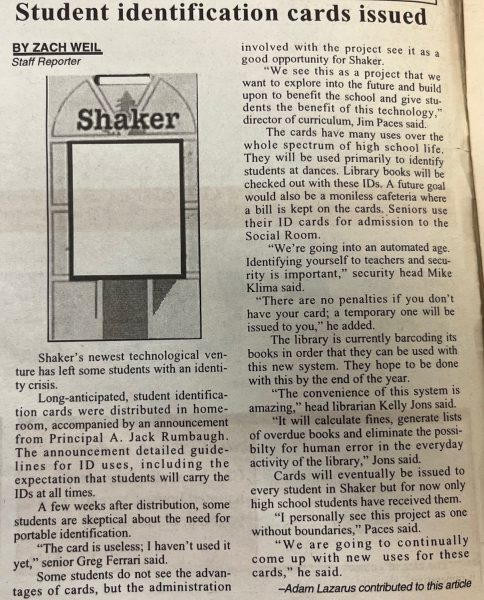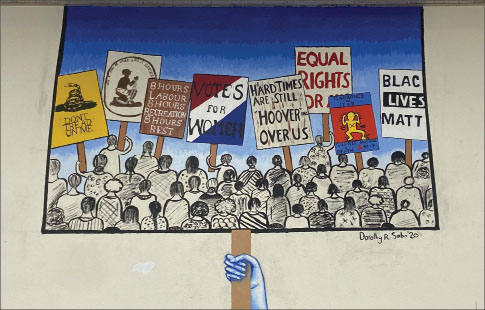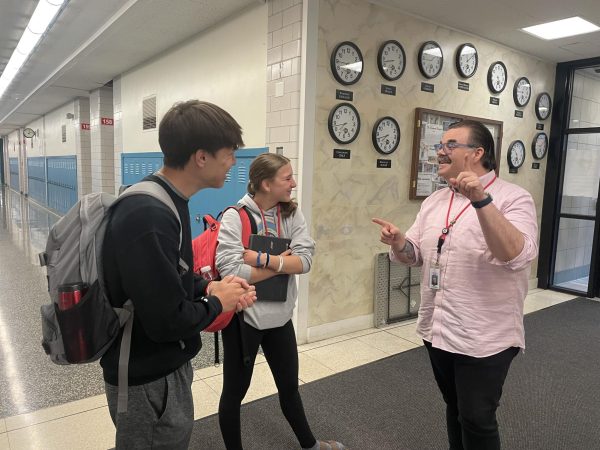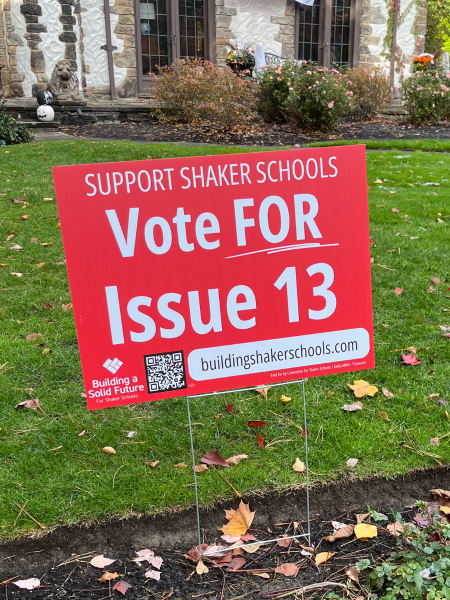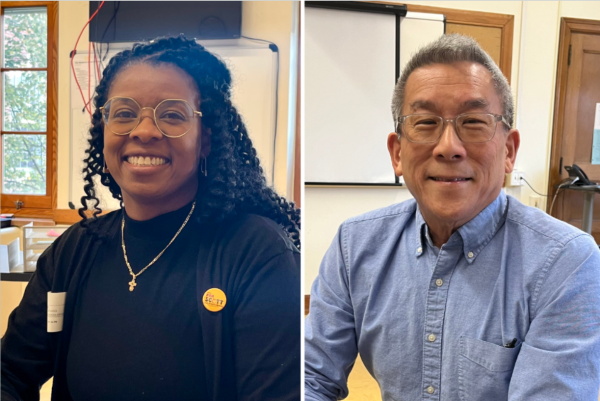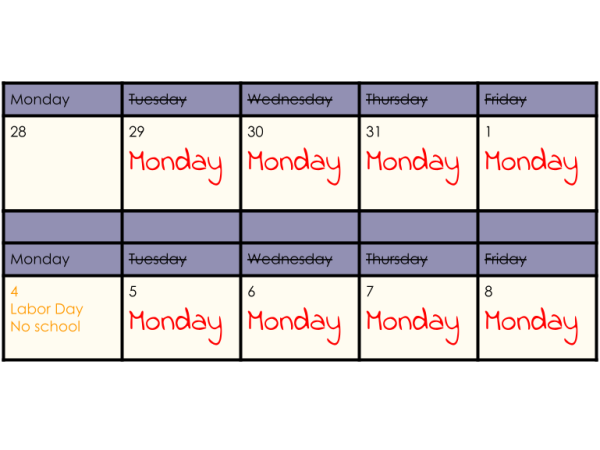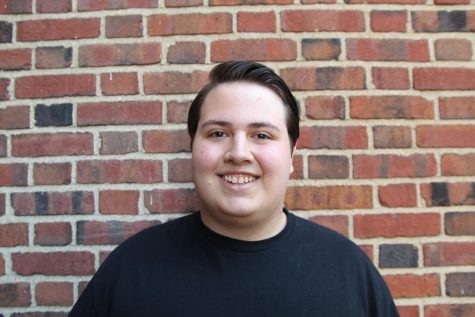Does Performative Activism Do More Harm Than Good?
Exploring the effects of the modern trend of performative allyship
In this day and age, one has only to open TikTok or Instagram in order to view the political opinions of friends and strangers alike. Whether it’s posting black squares in support of the Black Lives Matter movement, or vibrant rainbows during Pride Month, social media has become a way for people to express which causes they align themselves with.
But how much of a difference do these actions really make? Did people flood social media with empty screens in the summer of 2020 because they truly believed it would help end police brutality, or were they merely looking to prove their dedication to social issues? Does a series of black squares on Instagram really help combat violence at the hands of police officers?
Following the murders of George Floyd and Breonna Taylor, as well as the general public’s response to it, the use of the term “performative activism” saw an increase. The term is used to refer to actions which call more attention to the self-proclaimed activist than to the issue they are promoting. It is activism for the sake of activism, and while not necessarily involving social media, it is a label that arose through people’s actions on such platforms.
Empty posts that pledge support for a cause can distract from what is actually helpful- such as information about protests or petitions. When social media is overwhelmed with such posts, it becomes more difficult to learn about genuine activism. When people align themselves with a cause simply by posting on social media, it spreads the message that this what activism is- simply announcing that you care, without considering the true impact of your actions. If the only activism you are exposed to is performative, it is hard to understand that more work needs to be done.
Although it is true that publicity of any kind can spread awareness, this does not change the fact that performative activists exploit tragedies such as the murder of George Floyd, and exercise the minimum effort required to achieve their true goal: gaining attention or praise from others.
Sophomore Andrew Rice said that he thinks people post about issues in order to gain popularity on social media. “I see people posting about Ukraine and making their profile pictures the flag, when I think sometimes they’re really just doing that so they can get more views,” Rice said.
Student Group on Race Relations (SGORR) adviser Tiara Sargeant said that she thinks people may post about current events in order to feel more involved. “I think when we have high-profile events that happen in our country and in the world, sometimes people just repost to make themselves feel a part of a cause or feel that they are doing something right,” Sergeant said. “I have seen that at high moments. I think true activism is sustained, and I think you can tell if someone’s being performative or not if it’s just in these high moments.”
The pressure to align yourself with a particular cause can lead to performative activism, especially in a place like Shaker. People may feel that if they don’t join in on the latest activist trend, others will believe that they don’t care. Performative activism is often driven by a desire to be perceived as caring and involved- as though not posting a black square means that you aren’t upset by police brutality. But, refraining from plastering rainbows all over social media each June doesn’t mean you don’t support LQBTQ rights, because true activism isn’t dependent on whether or not you make sure the world knows about every one of your actions. True activism values results over recognition.
Sophomore Zion Richmond said that he thinks people may pledge support to illegitimate causes on social media just to gain attention. “I saw something online where people were talking about supporting a charity, but it was a fake charity,” Richmond said.
Instances such as these- in which people advocate for social issues in the hope that such actions will draw attention- make it clear that some who claim to be activists care nothing for the causes they insist that they support. While performative activism can spread awareness, its effects do not account for the benefits of genuine activism- advocating for a cause for the sole purpose of creating change.
Sargeant said that because of SGORR’s presence in the community, by the time students arrive at the high school, many students may feel that they have some obligation to join the club. “Sometimes it can be simply because, often with white students, they just think this is the, quote-on-quote, ‘right thing to do.’ I personally think it is okay, if they are willing to then take the step further and they are taking deeper learnings,” Sargeant said. “But if they are not deepening their experiences and actually learning about white privilege, their own biases, how they can be, as Bettina Love says, a co-conspirator, then that is when it becomes problematic.” Bettina Love, a founder of the Abolitionist Teaching Network, advocates for teaching students about systemic racism and the humanity of all people.
Beyond the questionable morality of using social issues for personal gain, in a world where information is everywhere, awareness alone is not enough. During the Blackout Tuesday trend of 2020, performative activists claimed that silence would help end systemic racism and police brutality. But, silence is less of a political statement than it is a lack thereof.
According to St. Louis Public Radio, student Christina LaFon—who created a Facebook group for the purpose of spreading information about feminism— said that the goals of social justice should not stop at raising awareness. “Raising awareness is a lazy objective. Awareness is a given, action is what you want to promote,” LaFon said.
Causes such as gender equality and ending police brutality are not lacking in awareness; What such social issues need is a concrete step toward change, not empty endorsement.
However, despite performative activism’s lack of real action, it is a trend with widespread influence. According to reporter Derek Lartaud, a writer for NPR’s KQED Radio, the lure of such activism can increase the support for a social cause. “When George Floyd was murdered on May 25th, 2020, a large sample of Americans were asked, ‘Do you support or oppose the Black Lives Matter movement?’ 45 percent answered that they supported it,” Lartaud wrote. “Just nine days later, the day after Blackout Tuesday, after huge amounts of action on social media, 52 percent of people answering that question supported the movement. That’s a pretty massive swing in a short period of time.”
Sargeant said that even when activism is performative, she thinks it can be a gateway to genuine activism. “I do think in some ways that performative activism can be an entry point to real activism, if we call it out in a nice way and we don’t use cancel culture to call people out,” Sargeant said. “I think that SGORR is one method that can allow people to deepen their understanding, deepen their growings from performative activism.”
While performative activism itself does not truly implement change, the value of increasing support for a movement cannot be overlooked. The more people who support a cause such as Black Lives Matter, the more likely it is that people will take it upon themselves to advocate for real change.
Genuine activism requires more time and thought than its performative counterpart, but the results are worth the extra effort. One of the most important aspects of true activism, according to the University of Delaware Review, is to ensure that you are actually participating in the cause you claim to represent, rather than simply urging others to take action. “…when you share a link to a petition or urge people to donate to a certain cause, are you doing it too? Sharing an infographic on Instagram is ultimately useless if you’re not doing the work yourself,” the Review wrote. “Are you sharing this post to make yourself look better and gain social capital or do you actually care about the work being done? This is the difference between genuine activism and performative activism.”
There are multiple ways one can ensure they are contributing to real change. Human Rights Careers describes different versions of activism- from participating in protests and marches, to writing letters and petitions- as well as how to take action in everyday life. “Things like speaking up when you see injustice in public, staying updated on human rights news, and examining how you might be participating in oppressive systems are all important. Many areas have local activist groups, as well, where inexperienced activists can learn from others and understand how collective movements work,” the organization wrote.
Rice said that performative activism can be beneficial. “I think it’s positive, because it’s spreading more information, which could help get more people involved.”
Comment using your Facebook, Yahoo, AOL or Hotmail account




